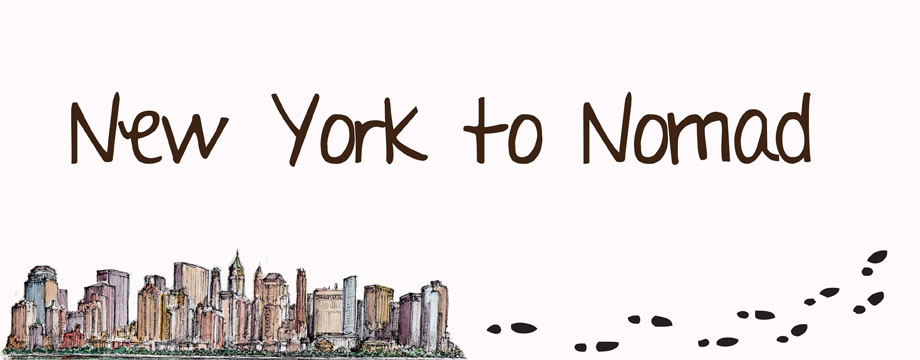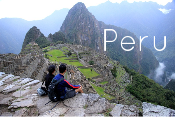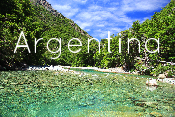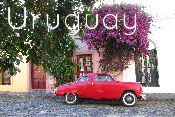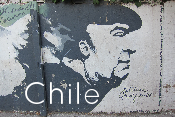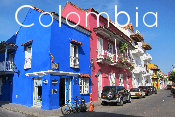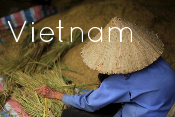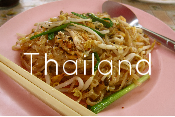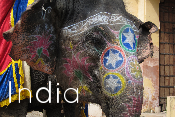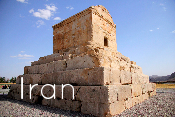Chay, or tea, is a religion in Iran. And if I had to pick a capital for tea in Iran it would definitely be the picturesque city of Lahijan in Gilan province, where the first successful attempt at cultivating tea took place in 1900 thanks to the Iranian consul to India sneaking in 4,000 tea plants to Lahijan from India.
Chay is such an important part of socializing that in Iran, when you’re in someone’s home, office or carpet shop, you’ll definitely get a piping hot glass of it. But get ready for more than just one cup. Most Iranians will typically drink at least four cups of tea per day — with breakfast, after lunch, after the afternoon nap and after dinner — and in a very particular way. The unspoken rule is to drink the tea black with a bowl of ghand (sugar cubes). The ghand is usually placed in the front or side of your mouth before sipping the tea. (Your dentist may not recommend this!)
Magical floating teapot and cup in a Lahijan park.
I bought two bags of organic, top-of-the-line tea for the equivalent of $1.50.

Lahijan’s beautiful city center.

I did a hike up the mountain pictured above (and realized I’m definitely out of shape). Here was my view.
But it’s not just about tea. Besides Lahijan’s lush green landscape, the entire Gilan province is known for the local, garlic-heavy, vegetarian-friendly cuisine. Dishes here typically incorporate fruit, nuts, olives, garlic and vegetables like eggplant and broad beans. It’s flavorful and healthy.
The gentleman below, 29, owns two side-by-side snack/nut stores in the bazaar. After trying to buy a bag of walnuts from him he noticed from my accent that I wasn’t a native Iranian and immediately invited me into his store for some friendly conversation, tea and free samplings of the pistachios, nuts, and eight types of walnuts he sells. Needless to say, that ended up being my lunch! (This was my first major experience with the amazing hospitality in Iran, but I’ll dedicate a full post to the locals’ generosity soon.)
Later that night I finally got to sample the awesome Gilani food. This picture doesn’t do the food justice, but let’s just say after that meal, I was ready to die and (hopefully) go to heaven.
OK, I caved in one night and had a pizza, too. I mean, look at it! I was using the WiFi at a pizzeria and couldn’t resist when I saw everyone eating this gooey goodness. But technically, I did eat Iranian food, because it’s believed that 2,500 years ago when Persian soldiers went to fight the Romans, for dinner, they cooked bread on their shields over fire and topped it with paneer (cheese) and dates. Apparently, the Romans then copied this and put their twist on it!
Next up, the friendly city of Rast and the stunning 800-year-old Masuleh village.


